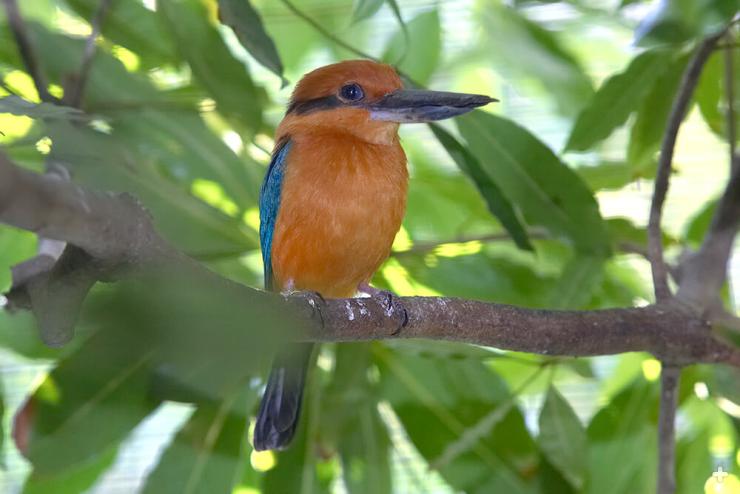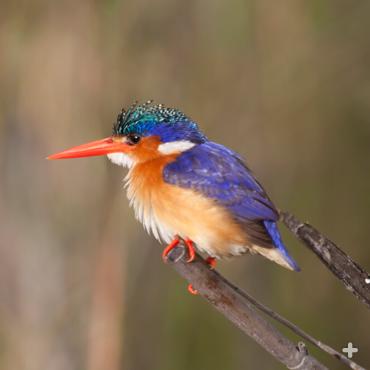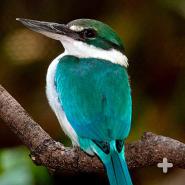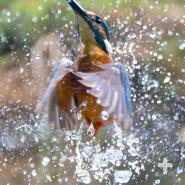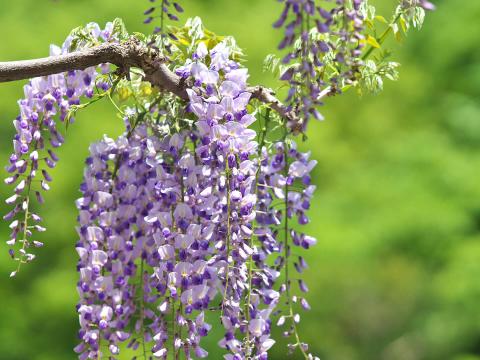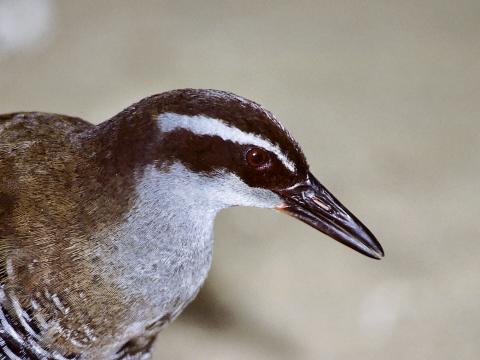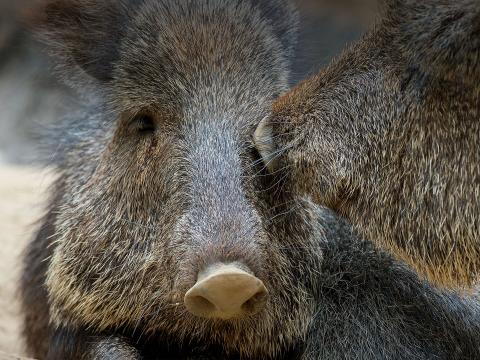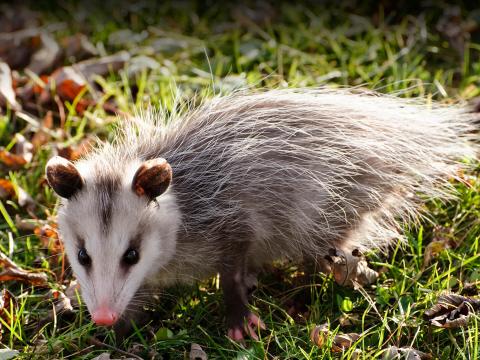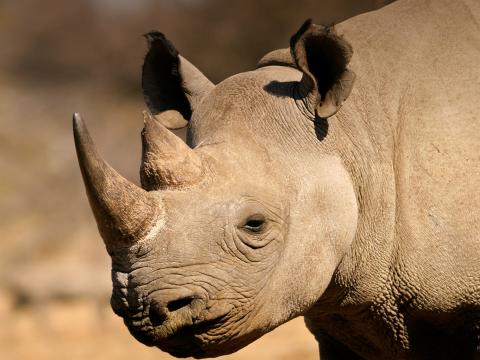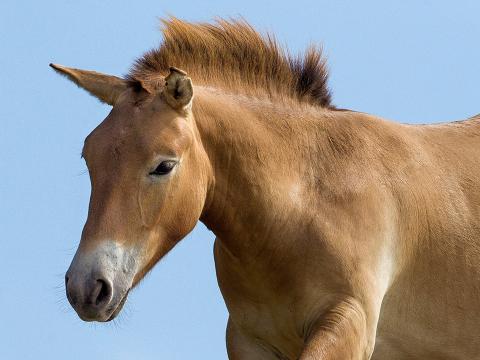Kingfisher
- CLASS: Aves (Birds)
- ORDER: Coraciiformes
- FAMILY: Alcedinidae
- GENERA: 17
- SPECIES: 92
ABOUT
Kingfishers are known for their looks: stocky body; long, thick bill; and striking colors and markings. Many kingfishers are decked out in feathers of bright blue, green, turquoise, red, or gold. Some have splotches, dashes, stripes, or speckles. The dagger-shaped bill often seems too long or too big for the rest of the bird, but it is well designed for capturing food. Most kingfishers have short legs and strong feet, since they spend most of their time perched on a stalk, twig, or branch while keeping an eye out for a meal. Even though they are chunky birds, kingfishers are fast flyers. Some, like pied kingfishers, can even flap their wings fast enough to hover over water.
Kingfishers like to keep clean and bathe by diving into water and then perching in the sun to dry and preen their feathers. Some use their wings to scrub and scratch the top of their head. They also keep that impressive bill clean by scraping it against a branch until they are satisfied that the bill is in good condition.
Kingfishers have a variety of calls used to announce their territory, warn off other birds, and communicate with a mate and their chicks, such as shrieks, screams, clicks, whistles, chuckles, rattles, and chirps. The most famous call, though, is the laughing kookaburra’s, a “kooa haha haha” that sounds like someone laughing. You might have heard this sound used in movies set in the jungles of Africa or South America—although the laughing kookaburra is really native to Australia!
HABITAT AND DIET
Found in a variety of habitats on all continents but Antarctica, kingfishers are territorial birds. They stake out an area with good food sources, convenient perches, and a safe place to roost at night. They are most active in the morning and evening, but if it’s not too hot, they may also hunt during the afternoon.
As you might guess, kingfishers do eat fish. Many, like the common kingfisher and the azure kingfisher, are piscivores. Kingfishers are very good at catching prey. They perch above a stream, river, or lake and watch the water, waiting for a fish to swim into view.
A few do hunt for food on the ground, like the shovel-billed kingfisher and the banded kingfisher. All kingfishers have excellent vision and can see into the water—even adjusting for refraction, which can make a fish look closer to the surface than it really is. The sacred kingfisher can see prey that is almost 100 yards (90 meters) away! The bird darts out and dives down to snatch up the fish, then returns to the perch to prepare its meal. The kingfisher beats the fish against the perch to break the bones for easier swallowing. It then juggles the fish in its beak and swallows the fish headfirst, to avoid getting its throat scraped by the scales on the way down.
Even kingfishers that eat mostly fish also eat other things on occasion, like crabs, crayfish, snails, and frogs. Kingfishers that live in forests, grasslands, and deserts have a different diet, dining on a variety of insects, spiders, reptiles, and small mammals, which they catch by spying the prey from a perch and darting out to snap it up.
Even snakes are sometimes on the menu: the blue-winged kookaburra is known as a snake hunter, grabbing a snake behind the head and bashing it against a branch or rock to kill it. Swallowing it is a bit tricky: the snake goes down head first, but the rest of the body hangs out of the kookaburra’s mouth while it is digested bit by bit!
Our kingfishers are fed anoles, crickets, mealworms, and fish.
FAMILY LIFE
Kookaburras are one of the few kingfishers that live in groups. Most kingfishers are solitary, only pairing up with a mate during breeding season. But laughing and blue-winged kookaburras live in family groups made up of a male and female pair and their older offspring, which help the pair raise new chicks. Even more unusual is that these “helpers” are mostly males. So, for kookaburras (along with a few other species), the chicks’ uncles help feed and protect them, not the aunts!
Kingfishers don’t build nests of sticks or plants. Instead, they nest in burrows that they dig into dirt banks, tree cavities, or old termite mounds. A male and female pair works together to create the burrow, taking turns digging out the soil with their feet. The burrow takes three to seven days to complete. It often slopes upward to avoid flooding and is usually about 3 to 6.5 feet (1 to 2 meters) long, although the record is a 28-foot (8.5-meter) burrow dug by a pair of giant kingfishers.
The burrow ends in a nesting chamber that is about 8 to 12 inches (20 to 30 centimeters) wide and 6 to 7 inches (15 to 17 centimeters) high. This is where the eggs are laid and the chicks raised. At first, the parents bring food all the way into the nesting chamber, but as the altricial chicks grow, they start to move toward the burrow’s entrance to meet the adults. Eventually, they perch at the entrance or even on a branch nearby, waiting to be fed. After fledging, it can be a few days to a few weeks, depending on the species, before the chicks start finding and catching their own food.
CONSERVATION
The Micronesian kingfisher Todiramphus cinnamominus was once found throughout the island of Guam in the Mariana Islands, but its population declined dramatically due to predation by the introduced brown tree snake. This bird is now extinct in the wild, and the population in managed care numbers 150, making it the rarest bird at the San Diego Zoo.
By supporting San Diego Zoo Wildlife Alliance, you are our ally in saving and protecting wildlife worldwide.


